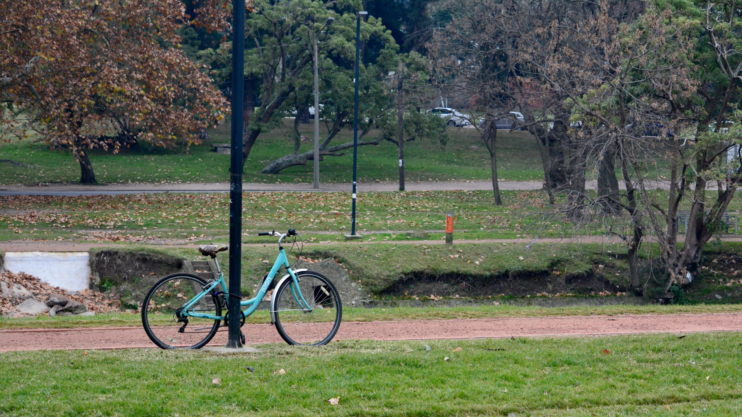1 BICYCLE FOR 10 TREES
Overview:
The “Bicycle for 10 Trees” initiative promotes sustainability by encouraging individuals to plant trees. For every bicycle donated, the recipient commits to planting and nurturing 10 trees.
How It Works:
– Donation: One bicycle is donated to an individual.
– Commitment: The recipient agrees to plant 10 trees.
– Conservation: The trees will be cared for over two years to ensure they grow successfully.
Goals:
– Promote eco-friendly transportation.
– Enhance urban green spaces.
– Support sustainable practices in local communities.
This initiative not only provides bicycles but also fosters a commitment to environmental stewardship.
Strengths of the Initiative
1. Promoting Sustainable Transportation:
– The link between bicycle use and reduced carbon footprints is well-established. Not only do bicycles offer an eco-friendly travel alternative, but they also alleviate urban traffic congestion and reduce noise pollution.
– This initiative could encourage a cultural shift towards cycling, especially in urban areas where motor vehicle emissions are a significant contributor to air pollution.
2. Environmental Benefits of Tree Planting
– Planting 10 trees per bicycle amplifies the environmental benefits of the program. Mature trees absorb significant amounts of CO₂, filter harmful pollutants, and mitigate the urban heat island effect.
– The biodiversity aspect is also crucial; strategically planting trees can create habitats for birds, insects, and other wildlife, enriching local ecosystems.
3. Fostering Community Responsibility:
– The two-year tree care commitment adds an educational and participatory dimension to the initiative. By involving participants directly in tree maintenance, the program encourages long-term environmental stewardship.
– This hands-on approach can empower individuals and communities to take ownership of local sustainability efforts, potentially leading to other green initiatives.
Challenges and Considerations
1. Feasibility of Tree Planting:
– Access to Land: Urban areas may face challenges in identifying suitable planting sites. Partnering with local governments, schools, or NGOs could help secure land for tree planting.
– Tree Species Selection: Choosing native and climate-resilient species is essential for ensuring the trees’ survival and minimizing maintenance needs.
– Maintenance Resources: Providing participants with guidance, tools, or funding for watering and care can significantly impact the survival rates of the planted trees.
2. Community Participation and Awareness:
– While the initiative fosters responsibility, not all participants may have the time, knowledge, or motivation to care for the trees. Offering workshops or easy-to-follow guides on tree care could address this gap.
– Partnering with local environmental organizations to monitor and support participants can increase community engagement and program effectiveness.
3. Tracking and Measuring Success:
– Establishing clear metrics is critical. For example:
– Number of bicycles distributed.
– Total trees planted and their survival rates after two years.
– Reductions in local carbon emissions (e.g., through surveys tracking bicycle use instead of motor vehicles).
– Community feedback and participation levels.
– Regular reporting and transparency on the program’s outcomes could build trust and attract more support or sponsorships.
Suggestions for Improvement
1. Incentives for Participants
– To ensure long-term commitment, the program could offer small incentives, such as discounts on bicycle accessories or recognition for successful tree care (e.g., certificates or community awards).
2. Scalability and Partnerships:
– Collaborating with local governments, schools, or environmental NGOs could help scale the initiative. Schools, for instance, could integrate tree care into their curriculum, turning it into an educational opportunity.
3. Technology Integration
– Using apps or online platforms to track tree health and bicycle usage could make the program more interactive. Participants could upload photos of their trees, receive care tips, and engage with others in the community.
Conclusion
The “Bicycle for 10 Trees” initiative is a creative and impactful way to address two pressing environmental issues: urban carbon emissions and deforestation. By combining sustainable transportation with tree planting, it has the potential to create a lasting positive impact on local communities and the environment. However, addressing challenges like tree care logistics and participant engagement will be key to its long-term success. With proper planning, support, and metrics, this initiative could serve as a model for similar programs worldwide.
By Bikila Fikadu
Addis Ababa, Ethiopia
January 23 2025
E-mail bikilafiikadu120@gmail.com
+251911675162
